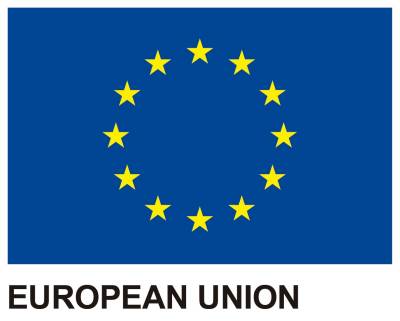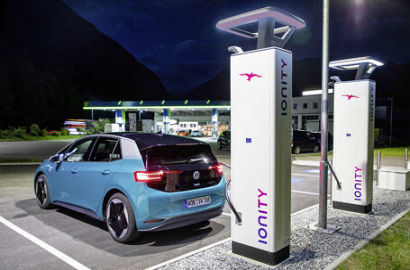The automobile sector consolidates its recovery
06/14/2018In 2017 it had a turnover of over one billion euros and generated 5,300 new jobs
The Spanish Association of Automobile and Truck Manufacturers (ANFAC) presented its annual report for 2017, which revealed very positive figures for the sector last year. To judge from the data, the crisis is now in the past and the future looks optimistic.
The main figure –sales– in 2017 succeeded in breaking the psychological barrier of 100 billion euros for the combination of both automobile and parts manufacturers. The turnover for automobile manufacturers separately was 64.57 billion euros, up 4% since 2016.
Thanks to these figures, the automobile sector in Spain maintains its weight of 8.6% in Spain's GDP, making it number one in Spanish industry. Its contribution to the public coffers increased by 6% in 2017, and now stands at over 28.14 billion euros.
Generator of quality employment
It is also an excellent generator of employment, and has continually shown positive figures in recent years. In 2017, the automobile sector created 5,300 jobs, 5.7% more than in 2016, according to the active population survey (EPA). In the last five years the total new jobs reached 20,300. This is also stable, skilled and quality employment according to ANFAC, because 83% of the new contracts are permanent.
As reported by Invest In Spain in mid-March, in 2017 Spain managed to hold onto its position as the world's eighth largest vehicle manufacturer, despite a 1.5% drop in production. Exports remained stable at 2.3 million units, for a value of 37.37 billion euros.
Investments to produce new models
Spain's 17 vehicle plants currently produce a total of 42 different models. Last year saw the addition of eight new models, and another 15 could arrive in the next 18 months. To handle these new production commitments, in 2017 the nine companies that manufacture in Spain increased their investment in the country as a whole by 11% to 2.16 billion euros.
For the present year, ANFAC forecasts growth for the sector of around 8%. An increase in sales is expected although there are no plans in place to stimulate new vehicle purchase since the subsidies in the last PIVE plan ended in June 2016.
Mario Armero, executive vice president of ANFAC, said that the sector must undertake reforms in the coming years to improve its industrial competitiveness and promote smart, efficient, sustainable and shared mobility.




